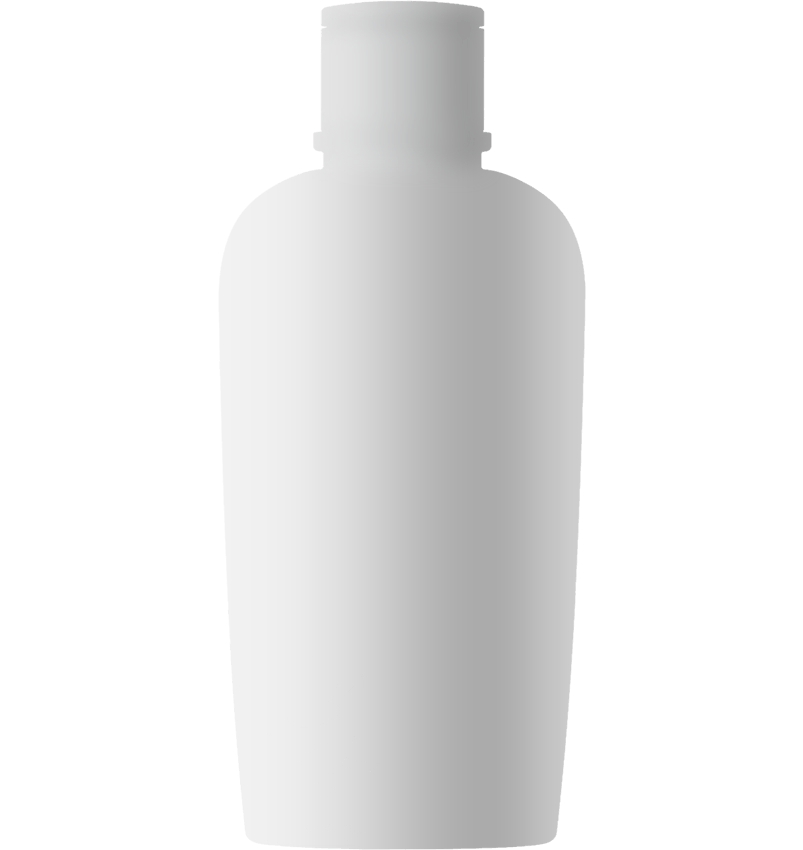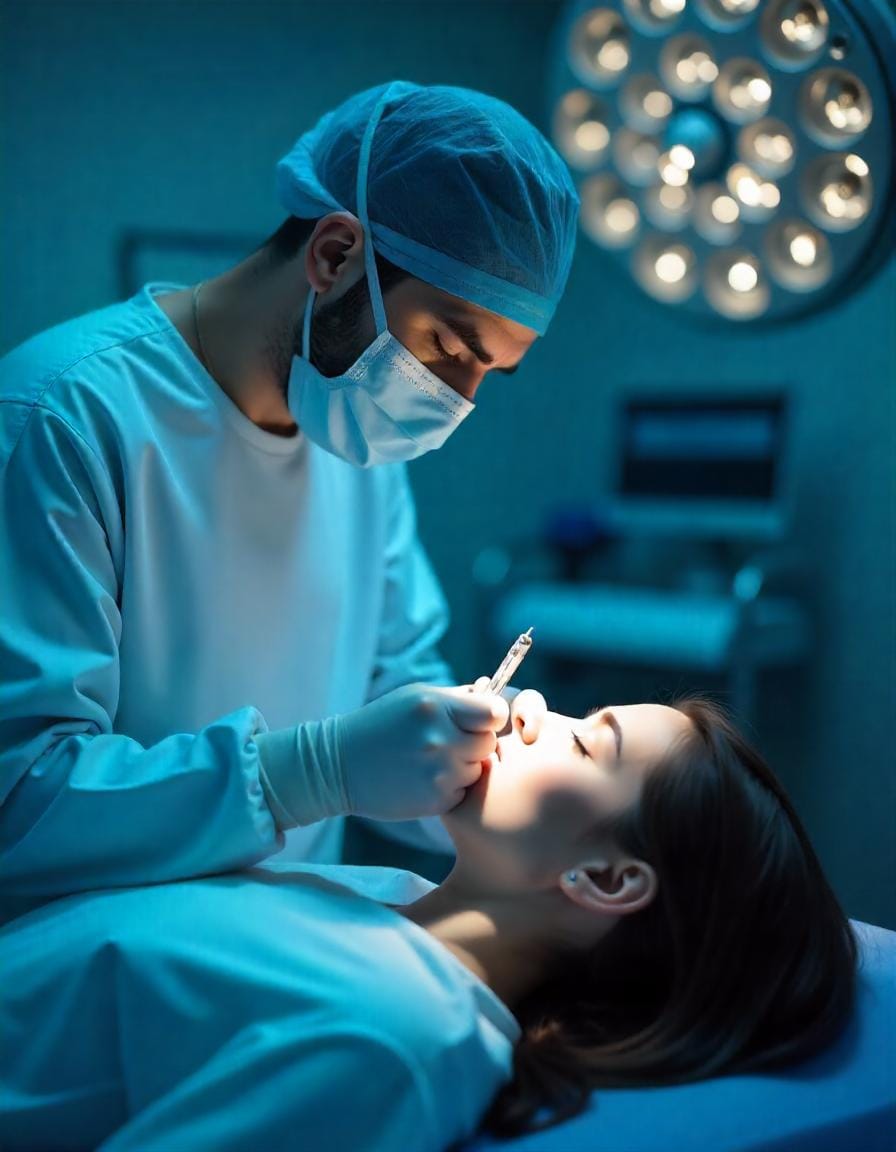Understanding Secondary Rhinoplasty: Refining Aesthetic and Functional Outcomes
Secondary rhinoplasty serves as a critical option for patients unsatisfied with their initial nasal surgery. As one of the most challenging procedures in cosmetic surgery, it requires extensive surgical expertise and precision to correct previous outcomes while addressing individual aesthetic goals and functional needs.
This procedure highlights the importance of advanced planning and customized techniques, ensuring improved facial harmony, breathing functionality, and patient satisfaction. Through meticulous care and expertise, secondary rhinoplasty represents an opportunity for patients to achieve their desired results and restore confidence.
Comprehensive Surgical Procedure: Secondary Rhinoplasty Detailed Breakdown
Surgical Methodology:
Secondary rhinoplasty is performed under general anesthesia and involves a detailed evaluation of the previous surgical results and patient concerns. The approach often includes open rhinoplasty techniques for better visualization and precise adjustments.






